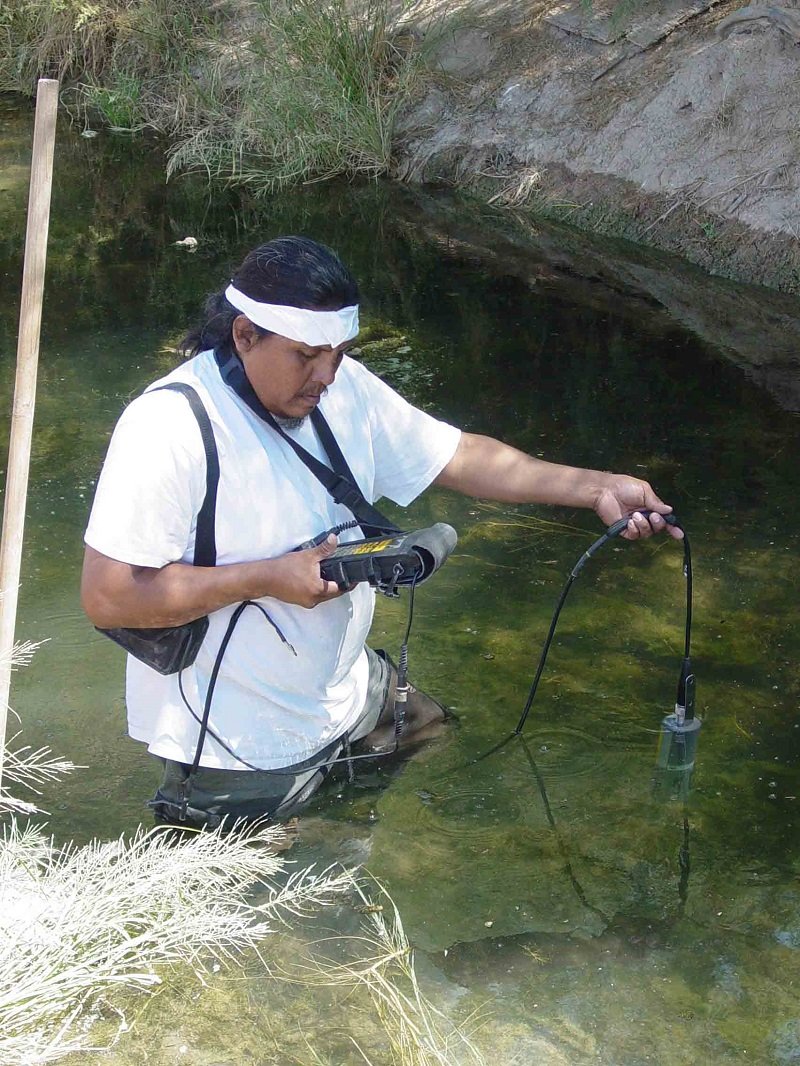Climate Adaptation and Water Quality
EPA works with tribal, state, and local governments to improve and protect water quality. EPA specifically works to:

- Restore and maintain oceans, watersheds, and their aquatic ecosystems to protect human health.
- Support economic and recreational activities.
- Provide healthy habitat for fish, plants and wildlife.
Changes in environmental conditions can lead to:
- Greater variability in rainfall patterns.
- Air temperature increases.
- Water temperature increases.
- Higher rates of sedimentation.
- Increased rates of erosion.
These changes can threaten water quality by increasing stormwater runoff, more erosion and sedimentation, threaten source waters, and increase the frequency of harmful algal blooms. Changes in water quality of rivers, lakes or streams may also diminish the water quality of available source waters necessary for the provision of drinking water utilities.
Stormwater Runoff
Projected increases in the frequency and intensity of heavy precipitation events can create more stormwater runoff. Stormwater runoff can carry harmful nutrients, sediments, and pollutants into waterbodies.
Erosion and Sedimentation
Heavier downpours and more frequent and intense storms can carry sediment in stormwater runoff. These events can also increase river and stream velocity, which leads to higher erosion rates.
Algal Blooms
Higher air temperatures will also have a corresponding effect on water temperature. Warmer waters, in combination with increased nutrients, can lead to more common outbreaks of harmful algal blooms.
